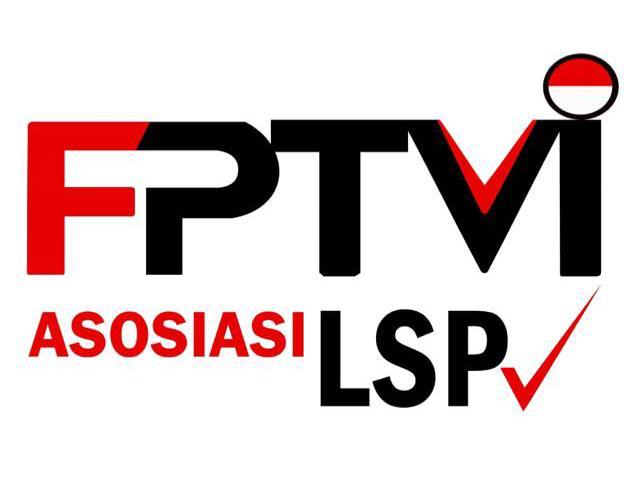Comparative Analysis of Feature Selection Method to Predict Customer Loyalty
Abstract
Keywords
Full Text:
PDFReferences
E. Osmanbegović, M. Suljić, and H. Agić, “Determining Dominant Factor for Students Performance Prediction by Using Data Mining,” TRANZICIJA, vol. 17, no. 34, pp. 147–158, 2014.
W. Buckinx and D. Van den Poel, “Customer base analysis: partial defection of behaviourally loyal clients in a non-contractual FMCG retail setting,” Eur. J. Oper. Res., vol. 164, no. 1, pp. 252–268, 2005.
Winarso Kukuh, “Kepuasan dan loyalitas pelanggan pada produk susu bayi menggunakan service quality dan path analysis,” Manaj. Teor. dan Terap., vol. 3, no. 1, pp. 81–104, 2010.
H. Liu, L. Yu, S. S. Member, L. Yu, and S. S. Member, “Toward integrating feature selection algorithms for classification and clustering,” Knowl. Data Eng. IEEE Trans., vol. 17, no. 4, pp. 491–502, 2005.
A. L. Blum and P. Langley, “Selection of relevant features and examples in machine learning,” Artif. Intell., vol. 97, no. 1–2, pp. 245–271, Dec. 1997.
V. Ramesh, P. Parkavi, and K. Ramar, “Predicting Student Performance : A Statistical and Data Mining Approach,” Int. J. Comput. Appl., vol. 63, no. 8, pp. 35–39, 2013.
E. Prasetyo, Data Mining Mengolah Data Menjadi Informasi Menggunakan Matlab. Yogyakarta: Andi Offset, 2014.
L. Portinale, L. Saitta, D. Informatica, and P. Orientale, Feature Selection Feature Selection : State of the Art. 2002.
A. S. Sukardi and C. Supriyanto, “Klasifikasi Spam Email Menggunakan Algoritma C4.5 Dengan Seleksi Fitur,” J. Teknol. Inf., vol. 10, no. 1, pp. 19–30, 2014.
B. Nurina Sari, “Implementasi Teknik Seleksi Fitur Information Gain Pada Algoritma Klasifikasi Machine Learning Untuk Prediksi Performa Akademik Siswa,” Semin. Nas. Teknol. Inf. dan Multimed. 2016, p. 6, 2016.
C.-F. Tsai and M.-Y. Chen, “Variable selection by association rules for customer churn prediction of multimedia on demand,” Expert Syst. Appl., vol. 37, no. 3, pp. 2006–2015, 2010.
Musriadi, “Riset Indonesia Pasar Potensial Produk FMCG,” 2014. [Online]. Available: https://www.antarabengkulu.com/berita/27470/riset-indonesia-pasar-potensial-produk-fmcg. [Accessed: 01-Jan-2015].
T. B. Santoso, “Analisa Dan Penerapan Metode C4.5 Untuk Prediksi Loyalitas Pelanggan,” J. Ilm. Fak. Tek. LIMIT’S, vol. 10, no. 1, pp. 33–36, 2014.
Abubakar, “Pengukuran Persepsi Penumpang tentang Efektivitas Strategi Pencegahan Kejahatan TransJakarta,” Universitas Indonesia, 2009.
S. Lemeshow, D. W. Hosmer Jr, J. Klar, and S. K. Lwanga, Adequacy of Sample Size in Health Studies. Chichester: John Wiley & Sons Ltd, 1990.
A. Verikas, A. Gelzinis, and M. Bacauskiene, “Mining data with random forests: A survey and results of new tests,” Pattern Recognit., vol. 44, no. 2, pp. 330–349, 2011.
P. O. Gislason, J. A. Benediktsson, and J. R. Sveinsson, “Random Forests for land cover classification,” 2006.
S. R. Joelsson, J. A. Benediktsson, and J. R. Sveinsson, “Feature Selection for Morphological Feature Extraction using Random Forests,” in Proceedings of the 7th Nordic Signal Processing Symposium - NORSIG 2006, 2006, pp. 10–13.
L. Breiman, “Random forests,” Mach. Learn., vol. 45, pp. 5–32, 2001.
D. R. Cutler et al., “Random Forests for Classification in Ecology,” Ecology, vol. 88, no. 11, pp. 2783–2792, 2007.
a Liaw and M. Wiener, “Classification and Regression by randomForest,” R news, vol. 2, no. December, pp. 18–22, 2002.
H. Liu, J. Sun, L. Liu, and H. Zhang, “Feature selection with dynamic mutual information,” Pattern Recognit., vol. 42, no. 7, pp. 1330–1339, 2009.
T. Liu, S. Liu, Z. Chen, and W. Ma, “An evaluation on feature selection for text clustering,” in Proceedings of the Twentieth International Conference on Machine Learning (ICML-2003), 2003, pp. 488–495.
G. Doquire and M. Verleysen, “Mutual information-based feature selection for multilabel classification,” 2013.
K. Zhang, Y. Li, P. Scarf, and A. Ball, “Feature selection for high-dimensional machinery fault diagnosis data using multiple models and Radial Basis Function networks,” Neurocomputing, vol. 74, no. 17, pp. 2941–2952, 2011.
W. Julianto, R. Yunitarini, and M. K. Sophan, “Algoritma C4.5 Untuk Penilaian Kinerja Karyawan,” Scan, vol. Vo. IX, no. No. 2, pp. 33–39, 2014.
R. P. Priyadarsini, M. L. Valarmanthi, and S. Sivakumari, “Gain Ratio Based Feature Selection Method for Privacy Preservation,” ICTACT J. Soft Comput., vol. 1, no. 4, pp. 201–205, 2011.
X. Jin, A. Xu, R. Bie, and P. Guo, “Machine Learning Techniques and Chi-Square Feature Selection for Cancer Classification Using SAGE Gene Expression Profiles,” in Data Mining for Biomedical Applications: PAKDD 2006 Workshop, BioDM 2006, J. Li, Q. Yang, and A.-H. Tan, Eds. Berlin, Heidelberg: Springer Berlin Heidelberg, 2006, pp. 106–115.
C. Sun, X. Wang, and J. Xu, “Study on feature selection in finance text categorization,” 2009 IEEE Int. Conf. Syst. Man Cybern., vol. 3, no. October, pp. 5077–5082, 2009.
B. Sui, “Information gain feature selection based on feature interactions,” University of Houston, 2013.
DOI: http://dx.doi.org/10.12962%2Fj23378557.v3i1.a2257
Refbacks
- There are currently no refbacks.
This work is licensed under a Creative Commons Attribution 4.0 International License. IPTEK The Journal of Engineering published by Pusat Publikasi Ilmiah, Institut Teknologi Sepuluh Nopember.
Please contact us for order or further information at: email: iptek.joe[at]gmail.com Fax/Telp: 031 5992945. Editorial Office Address: Pusat Riset Building 6th floor, ITS Campus, Sukolilo, Surabaya 60111, Indonesia.








